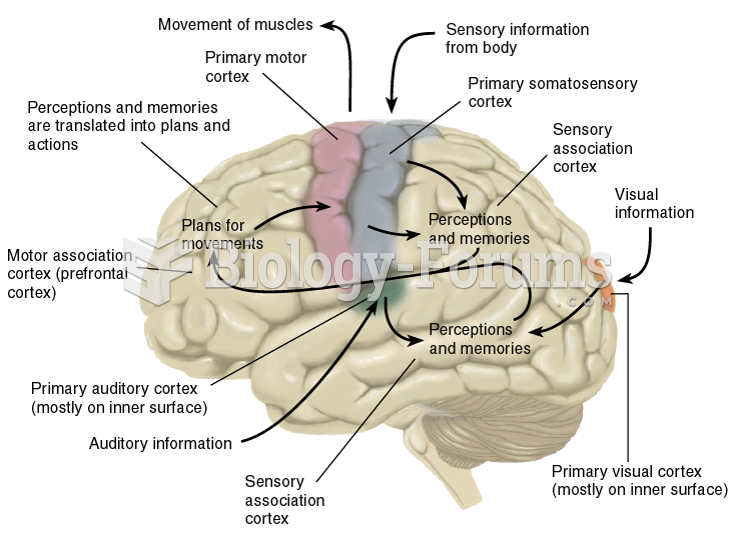Answer to Question 1
Answer: Social media experts recommend using a blog as the hub of your social media content. Facebook posts, tweets, and pins can all link to your blog. Unlike other social media outlets, blogs offer expansive space where you can communicate original ideas and become a thought leader in your industry. When developing a blog, organizations should find a focus, plan how to offer value to the audience, focus on your audience, not on your business, avoid controversial or divisive topics, make the title of your blog posts exciting, and add an image to your blog post to increase appeal, and connect the image to Pinterest. Additionally, organizations should use lists and bullets, bold or italicize key points, and organize with subheadings, make it conversational, encourage subscriptions and sharing, set schedules for publishing and use a template to write posts.
Answer to Question 2
Answer: Twitter provides a selective feed of content to interested users, giving you many quick opportunities to provide valuable information and insights. Tweets are most effective when they are easy for your audience to find and share. Potential followers may look for your business on Twitter using keyword searches, so incorporate keywords and phrases in your bio and tweets. You must have followers for your tweets to be seen. Twitter expert Shea Bennett argues that the worst way to gain followers is to ask people to follow you. A better strategy is to write posts worth reading: be useful, be consistent, be polite, be positive, and be interesting. Another good technique is to follow the people you want to follow you. Reach out to them and get involved in the conversation, making it about them, not you, by tweeting, retweeting, and responding to their questions. The fewer characters you use, the easier it is for your followers to retweet the message, especially if they prefer to use the classic method of retweeting, which is to add RT and senders-username to the beginning of a retweeted message. Put the key idea first. Keep the message simple. Keep one tweet to one topic and make it easy to read by being clear and concise. You can help potential followers find you through Twitter's internal search engine by adding a hashtag () before keywords and phrases. Typing in front of a specific username on Twitter allows you to aim your tweet at particular people or groups. You can use this technique to respond to a compliment or complaint, or to respond to a specific question.







